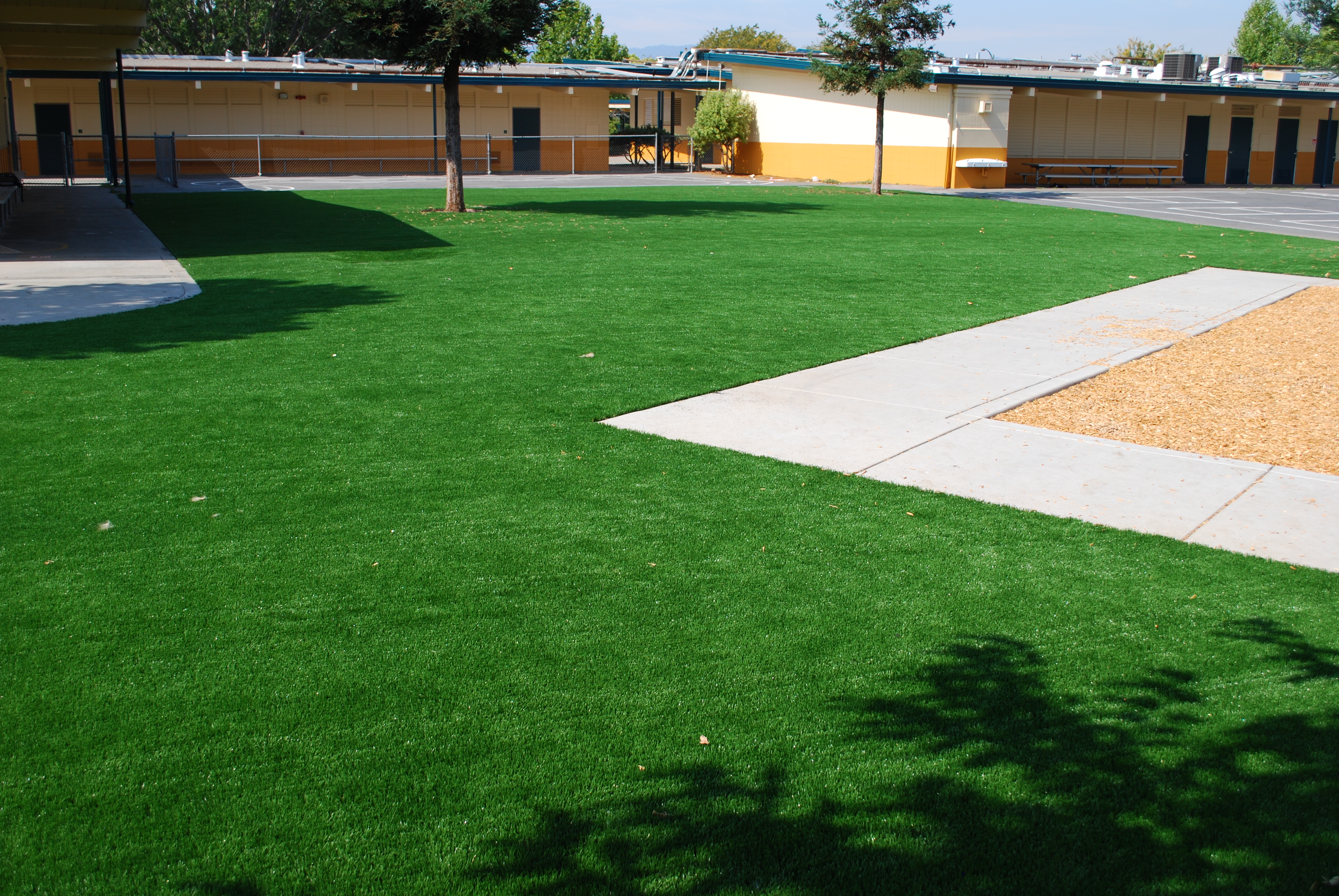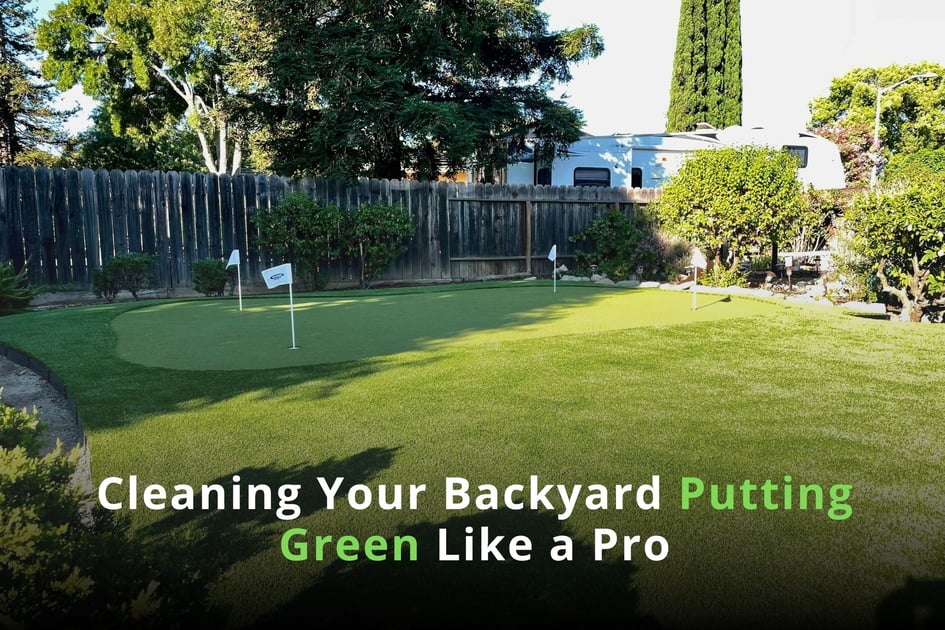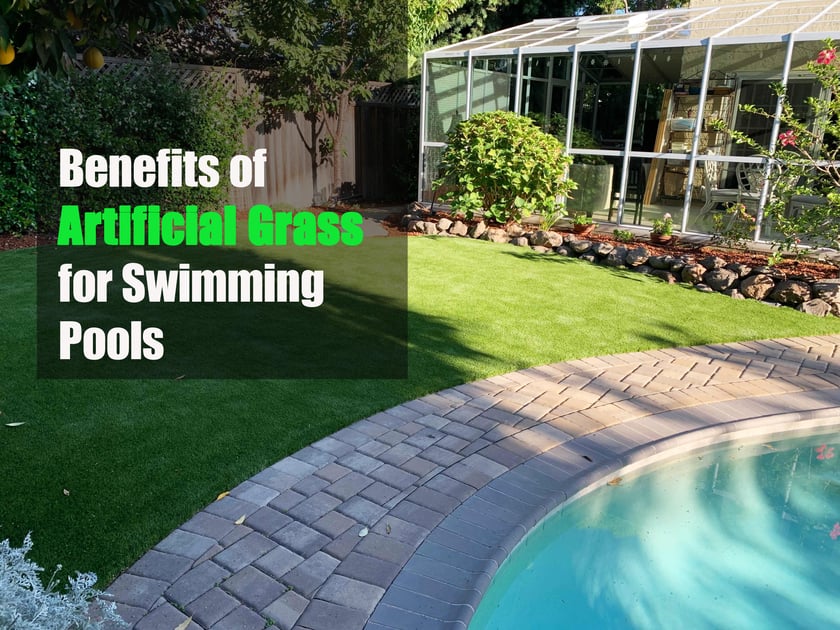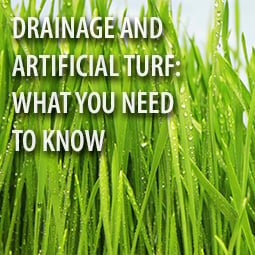 When artificial turf was first introduced, there were many questions about how it would impact the environment. After all it was made of various types of plastic. Although it looked nice and stayed green all year, it posed issues when it came to hygiene and sanitation. New technology has helped artificial turf evolve considerably. It isn't just made of “plastic” anymore.
When artificial turf was first introduced, there were many questions about how it would impact the environment. After all it was made of various types of plastic. Although it looked nice and stayed green all year, it posed issues when it came to hygiene and sanitation. New technology has helped artificial turf evolve considerably. It isn't just made of “plastic” anymore.
Artificial turf is now made from nylon and polyethylene, both consisting of various combinations of carbon, hydrogen, oxygen and nitrogen molecules. The nylon/polyethylene mixture produces an artificial carpet that resists fading, looks extremely natural and will not deteriorate even after years of use. Manufactured grass also has a multitude of benefits that counter, what negative impact it has on the environment.
Less Maintenance, Less Fuel Emmissions and Yard Waste
The cost of maintaining a lawn in time, money and environmental impact is significant. Time must be spent, mowing, trimming, watering and fertilizing grass to keep it green and looking its best during the changing seasons. Regular mowing and trimming uses fuel and oil, in turn releasing harmful emmissions into the environment.
When you begin to compare natural grass to manufactured grass, you start to see a huge difference in cost and care. Less time is spent on the upkeep of a manufactured lawn and less money is wasted, in the long run. Artificial turf calls for:
-
No mowing
-
No trimming
-
No disposing of lawn waste
-
No pesticides or fertilizers
-
No daily watering schedule
-
No reseeding or damage control
Even the though artificial turf is more expensive, its overall cost divided by the number of years it remains in use can make it extremely cost effective when you add in all the time and money spent in caring for its natural counterpart.
No Chemicals Needed
When fertilizers, pesiticides and weed killers are applied to lawns, the majority of the product ends up soaking into the ground and leaching into the earth's underground water supply. The same is true of everything we apply to our lawns, all in the name of beautifying our homes.
No Wasted Water
Installing artificial turf does away with the need to water lawns on a regular basis. No more sprinkler systems or gardent hoses stretched throughout the yard. It also elimanates the need for thousands of gallons of water to be used each year in an attempting to keep the lawn looking green and full. It takes over 650 gallons of water to sufficiently hydrate 1.000 square feet of lawn. Over the course of a season, this adds up to several thousands of gallons of water that could have been used for other purposes.
Ever Green and Ever Clean?
From its inception, critics have posed questions about the cleanliness of artificial or manufactured grass. What could be expected after hours of exposure to both sweaty athletes and children of various ages? Natural grass can be watered, flushing away the majority of germs, microbes and bacteria that tends to accumulate after hours of close contact with bodily fluids.
The answer is AlphaSan. AlphaSan is silver/sodium based antimicrobial agent that is included in the manufaturing process of artificial grass and turf. While any silver base microbial compound poses a slight risk to the environment, overall, the negative impact is minimal compared to the benefits it offers in terms of sanitization and improved hygiene.
No matter how you look at it. Everything has both positives and negatives when discussing impact on the environment and the world around us. The fact is, when talking about artificial turf, there mare mamy more positives than negatives when it comes to overall costs and maintenance.












